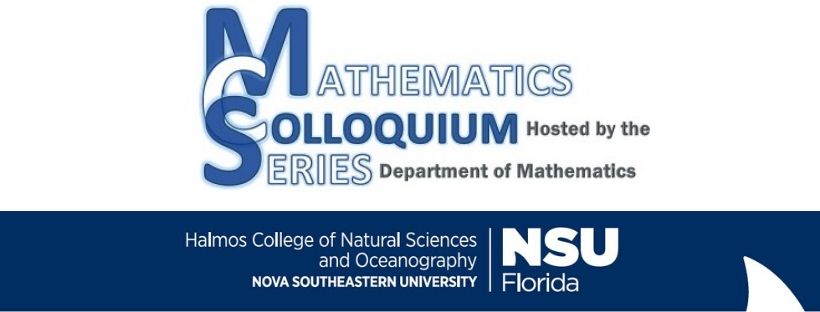Mathematical Modeling of Fluorescence Microscopy and Its Applications to Cancer Systems Biology
Description
All living cells sense, integrate, and respond to their environment through a complex communication system known as “cell signaling,” which is mostly mediated by protein-protein interactions. Therefore, determining proteins’ binding partners and binding rate constants are crucial steps to understanding cell signaling. While high-throughput methods to screen binary protein binding pairs are well-established, still no genomic scale kinetic rate calibration tools are available. To this end, simple, accessible—yet accurate—methods to measure kinetic constants under physiological condition were sought by a combination of mathematical modeling and fluorescence microscopy techniques, such as Fluorescence Recovery After Photobleaching (FRAP) and Förster Resonance Energy Transfer (FRET). In addition to the aforementioned, Kang will also discuss further application of this research to cancer systems biology.
Date of Event
April 4, 2012 12 - 1:00 PM
Location
Mailman-Hollywood Building, Room 311, 3301 College Ave., Fort Lauderdale (main campus)
NSU News Release Link
http://nsunews.nova.edu/trio-talks-explore-maths-diverse-applications/
Mathematical Modeling of Fluorescence Microscopy and Its Applications to Cancer Systems Biology
Mailman-Hollywood Building, Room 311, 3301 College Ave., Fort Lauderdale (main campus)
All living cells sense, integrate, and respond to their environment through a complex communication system known as “cell signaling,” which is mostly mediated by protein-protein interactions. Therefore, determining proteins’ binding partners and binding rate constants are crucial steps to understanding cell signaling. While high-throughput methods to screen binary protein binding pairs are well-established, still no genomic scale kinetic rate calibration tools are available. To this end, simple, accessible—yet accurate—methods to measure kinetic constants under physiological condition were sought by a combination of mathematical modeling and fluorescence microscopy techniques, such as Fluorescence Recovery After Photobleaching (FRAP) and Förster Resonance Energy Transfer (FRET). In addition to the aforementioned, Kang will also discuss further application of this research to cancer systems biology.
https://nsuworks.nova.edu/mathematics_colloquium/ay_2011-2012/events/4



Presenter Bio
Minchul Kang has a Ph.D. and is an Instructor at Vanderbilt University